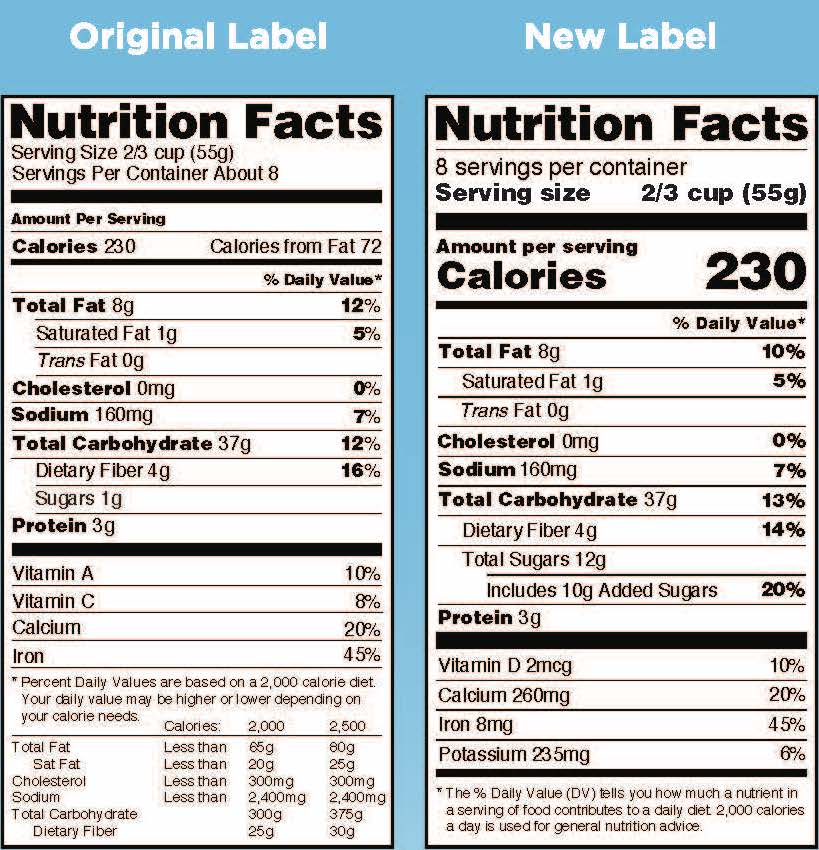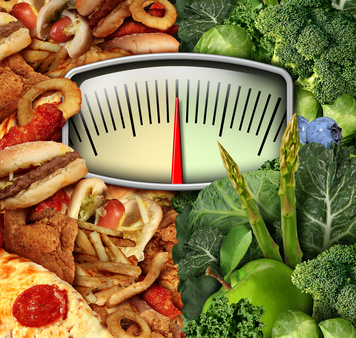Share This
Last month, the FDA announced that they had finalized changes on the new Nutrition Facts Label, giving manufacturers until July 26, 2018 to update their packages. This is the first major makeover for the Nutrition Facts Label since its launch more than 20 years ago. The new food label, coupled with the FDA’s plan to reevaluate nutrient content claims (such as “healthy” and “natural”), hint that Washington is getting serious about their seat on the nutrition bandwagon, appealing to the widespread appetite for food system reform.
Education and transparency are essential ingredients in building a healthier food supply, so two of the new label updates will be especially useful for shoppers:
- Realistic Serving Sizes: With a quick glance at the current food label, many consumers are unaware that their 20-ounce soda or ⅔ cup scoop of ice cream actually represents a calorie count much larger than that depicted on the food label. On the new Nutrition Facts label, many foods will be assigned new, larger servings (and many packages will have dual per serving / per unit labeling) , giving people a clearer understanding of how much sugar, salt and calories they’re actually eating. The comparatively larger type for serving sizes and calories will also help encourage consumer awareness of nutrition.
- Labeling Added Sugars: The consequences of excessive added sugars are well documented, so much so that the 2015 Dietary Guidelines for Americans recommend that we “Consume an eating pattern low in added sugars.” With the disclosure of added sugars on the new Nutrition Facts Label, consumers can more easily distinguish between naturally sweet products that offer other benefits (such as fruit canned in water) versus highly sweetened ones (such as fruit flavored candy chews).
Despite the advancements described above, there is still room for improvement. We hope that future iterations of nutrition labels make it simpler for consumers to differentiate between nutrients most of us should try to get more of, and those we should generally be limiting. In FDA’s original “Alternate Format” Nutrition Facts Label drafted in 2014, certain nutrients (such as fiber and potassium) fell under a heading of “Get Enough” – where a high %DV is good – while others (such as added sugars and sodium) fell under a heading of “Avoid Too Much” – where a high %DV is bad. This type of format would better help consumers make informed shopping decisions, especially for consumers with limited access to nutrition education, or who are unaware of the role of different nutrients.
While it’s true that many of the healthiest foods at grocery stores don’t have Nutrition Facts Labels (such as bundles of kale, or fresh apples and pears), a more informative Nutrition Facts Label is doing a huge service to the 77% of Americans who rely on this information.
Kelly Toups, RD




Add a Comment